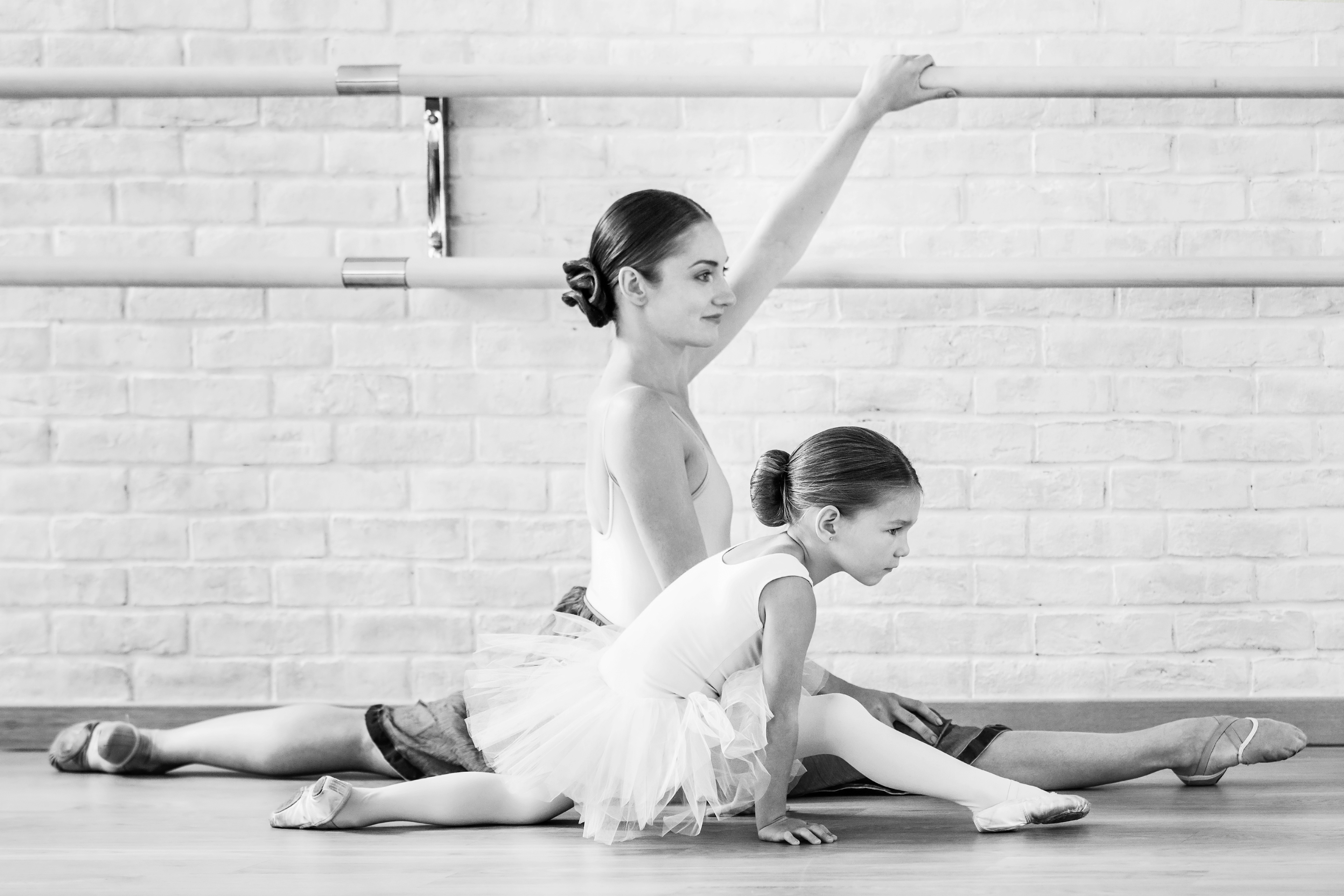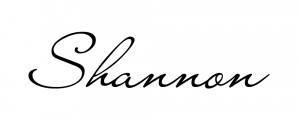I got an email the other day notifying me of master class in the Chicagoland area with a popular dance reality television star. The teacher is 12-years-old. Now, don’t get me wrong, these girls are amazing dancers and I have absolutely no doubt in their ability to perform; however, I am very uneasy putting my students in the hands of an inexperienced teacher.
I started my studio with a mission to not only provide my students with high-caliber dance training, but equally as important – a reputation for employing teachers who bring years of training, shadowing, and performing, which only benefits a young dancer.
What to look for in a studio
Go right in the front door – the studio website. We live in an age where communication via the internet is the first peek into a business. Look for an organized site that has detailed information about classes and extensive bios for faculty.
Check out the faculty
Quality teachers will have a bio that details a history of training, performing, and teaching. Make sure that you see a well-rounded team of teachers who compliment each other’s strengths. Does the studio faculty have childhood training? A must. Advanced degree training? If the teacher didn’t go to school for a dance-specific teaching degree, that’s okay, but make sure there is a meaty list of recent performance accomplishments.
And don’t forget about the people that work the front desk! Any communication with students and parents should be handled by a competent staff member currently immersed in the dance scene so he/she can make appropriate suggestions about anything and everything dance related. But don’t worry if the person answering the phone doesn’t know everything. Oftentimes the front desk employees are students themselves, still learning the ins and outs. If they don’t know the answer you should expect that they find out the answer to your question and promptly get back to you.
The age debate
Personally, I do not think anyone younger than an individual entering college should be teaching dancers. A learning process in itself, teaching takes years to master which includes how to control a group and creating an environment that is fun yet educational. Beyond making dance an enjoyable place to be is safety. Dance teachers spend an immeasurable amount of time shadowing other teachers in addition to fine-tuning their own training. In depth anatomy and kinesiology classes educate the dancer beyond the surface level of dance.
The bottom line is safety. The instructor is responsible for providing guidance for everything – from the proper approach to stretching to having a foundation of proper technique to make appropriate corrections. Landing a jump, for example, is taught at the basic level of dance…
You get what you pay for
Let’s just talk about it – cost. Good dance teachers who have a solid training both in performance and teaching, cost a lot of money for studios to hire. But they have earned their time. The combination of providing students with teachers who provide a safe and knowledgeable environment of dance and the honest fact that studio owners have to cover basic studio costs means high quality studios charge more.
“Dance teachers are no different from any other business,” says Mike Campbell, director of North Florida outreach at The Jim Moran Institute for Global Entrepreneurship. “They’re providing a service.”
An interesting article by Rachel Rizzuto on Dance Teacher Magazine’s website hits the topic of cost right on the head:
“Building in a profit margin is, in fact, what defines you as a business and not a charity.”
Plus, advanced faculty could be compensated $25 – $50 an hour or more – but they’ve earned it. Any profession that requires extensive training also deserves a comparable wage for their experience. We typically don’t question the cost of physical therapists or doctors or teachers with advanced training…
Shadowing for younger students rather than employing them as faculty
Teachers never stop learning and I absolutely love working with my older students by offering assistant teaching opportunities. These girls are still not technically “teaching” but learning by immersion. I use the assistant teachers in class for demonstration and show them how to keep a class disciplined and structured from the teacher’s point of view. This time spent shadowing is for soaking up corrections. I also make sure my assistants learn from each of our faculty as the best teachers take something from each faculty they interact with.
As parents entrust me with their children, I want them to feel confident that I have purposefully selected faculty that intimately know the human body and will mold their dancers from our Tip Toe Discovery class and beyond with proper correction so when she is performing and competing, the dancer will not only bring the joy of her talent to the stage but she will safely dance with a foundation of proper technique.
Live. Love. Dance.



Recent Comments